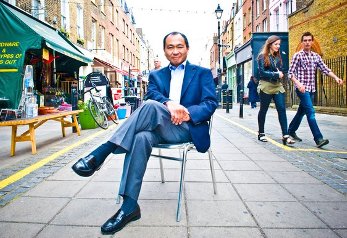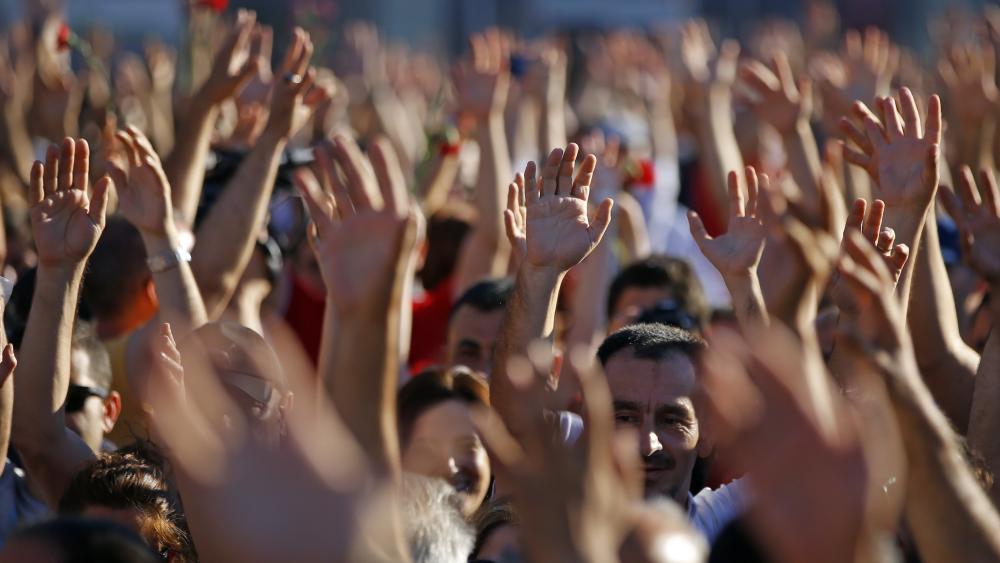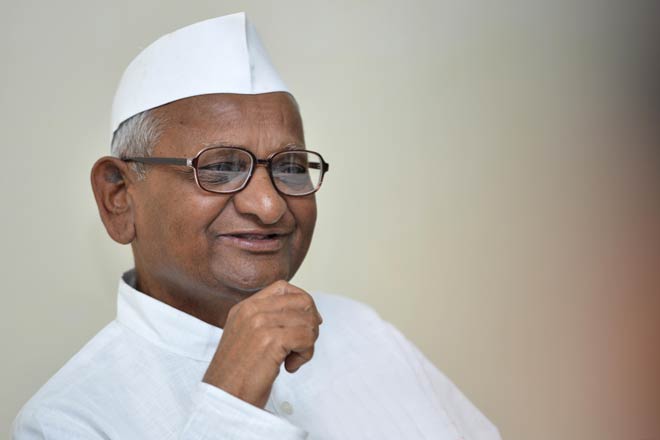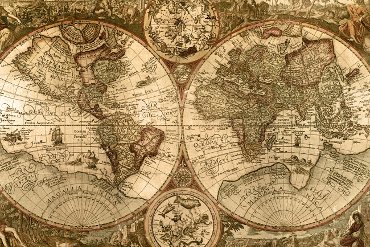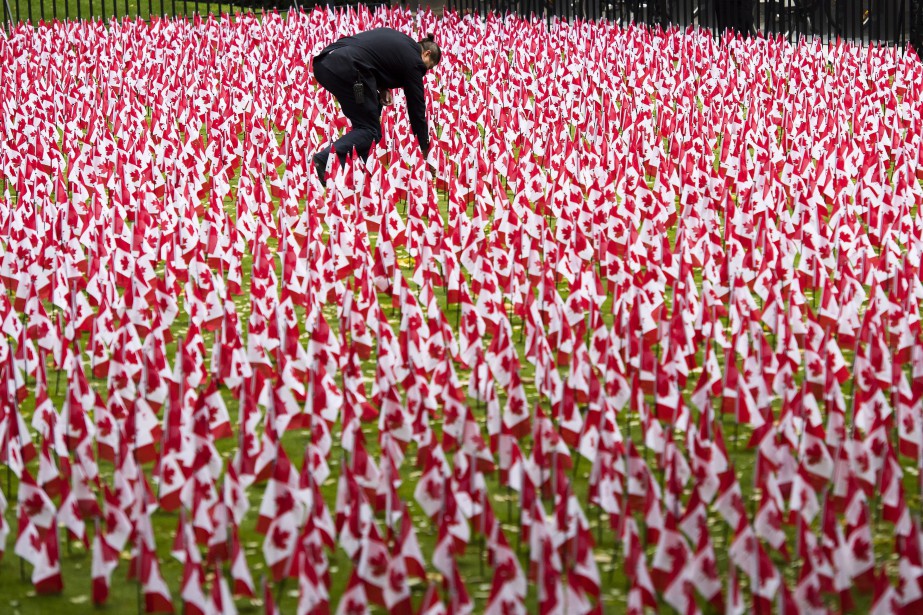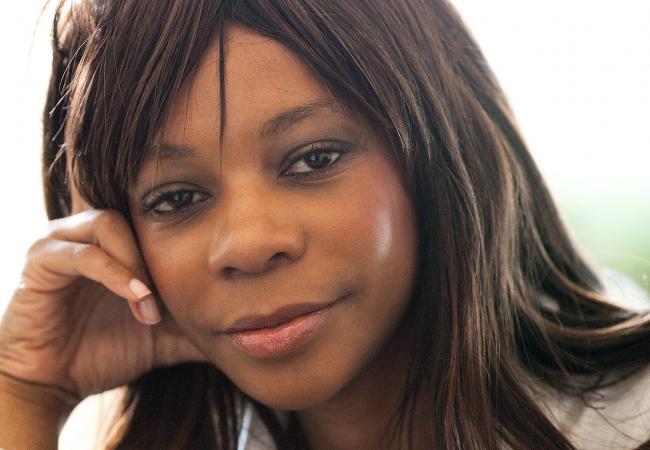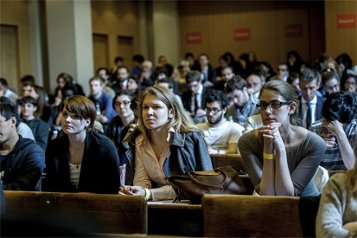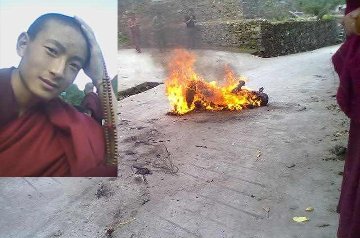
The Global Peace Index recorded the first increase in global peacefulness in five years in 2019, yet violence has erupted in many parts of the world. In Sri Lanka, the attacks on Easter Sunday came as a surprise for many. The Kashmir region – between Pakistan and India – is inching closer towards a war between countries and communities, with many of those seeking to live peacefully caught in the middle. The situation in Burundi is worsening and seems to be heading towards another civil war if trends continue with elections planned in 2020. Lebanon is experiencing protests by the people against the ruling elite, with neither side likely not to back down. The United States continues to experience mass shootings at an epidemic level. Refugees and migrants from Venezuela are increasing tensions in the neighboring countries where they are seeking safety and shelter. In Hong Kong, protestors and police are nearing towards violent clashes that can result in mass-scale violence with China trying to impose its ways. While the Global Peace Index has averaged that the world is experiencing 0.9 percent more peace, what people are facing around the globe tells an entirely different story.
The uptick in violence and protests can be attributed to the increased rhetoric around nationalism and populism. However, there is a strong argument that can be made around the closing spaces of civil society organizations at large and with peacebuilding organizations more specifically. Peacebuilding describes the myriad of methods employed by people all over the world to improve prospects for sustainable and long-term peace and resiliency to avoid spiraling towards violence as a means to an end. Peacebuilding includes a wide range of initiatives, frommediation, protection, reintegration, trauma healing, addressing root causes, and reconciliation through longer‑term initiatives for fairer access to governance, education, health, justice, security, and livelihoods.
The reasons for violence are complex and, more importantly, different in each case. On the surface, any movement that seeks to address oppressive and exclusive regimes and cultural and societal norms, among many other reasons, seems similar. Dig deeper into any movement and the complexities of what people are demanding will be very different for entirely unique reasons. However, the one thing that all movements have in common is that they are met with equal and opposite movements that seek to maintain or conserve society as it is. The divides between groups of people can spark into violence, which goes in an endless cycle.
Local peacebuilding initiatives, organizations, and activists address the divide between movements for progress and movements for conservation. ‘Progress’ is being used here to describe cultural and societal nuances that are not the norm and ‘conservation’ is used here as maintaining any status quo.
Local peacebuilding initiatives, organizations, and activists do not believe that conflict is unnatural. On the contrary, it is a belief that conflict is natural, but violent conflict is unnatural. Peacebuilding seeks to address, prevent, and end violent conflict in any form – physical, emotional, and spiritual. Peacebuilders – activists a part of peacebuilding organizations or movements – work very hard to place themselves in the front lines of violent conflict and between conflicted groups as nonpartisan stakeholders whose only interest is to maintain and build peace.
In DR Congo, there is a peacebuilding organization that reintegrates child soldiers back into their community using traditional customs. Another organization holds ‘Peace Courts,’ which uses community leaders to bring justice to any crimes that may have been committed. In Somalia, peacebuilding organizations work with youth to provide them with the skills they need to make a life for themselves and those around them and not resort to joining al-Shabaab. In Sri Lanka, peacebuilding organizations bring together religious leaders to address the root causes of violence between communities to be able to live more harmoniously. In the United States, many movements are trying to end the gun violence epidemic that is haunting many children from going to school.
With all the violence, conflicts, and movements that were mentioned earlier and the vast majority that were not, it is now more important than ever to empower international and local peacebuilding organizations and activists to implement long-term projects which will address the unique and complex root causes for these events. Yet, many governments are cracking down on human rights activists and peacebuilding organizations, claiming that these individuals and groups are seeking to destabilize the country. Some go as far as to claim that these movements are supported by the West and carried out by Western spies.
The international community needs to empower and invest in local peacebuilding organizations to address root causes, build communities, and implement projects which will sustainably build peace. The international community should amplify the voices of peacebuilders in order to showcase their incredible work in the front lines of conflict in hopes of changing the negative rhetoric around these organizations. In doing so, it will encourage and inspire others in communities, neighboring countries, and the world to build sustainable and lasting peace.


